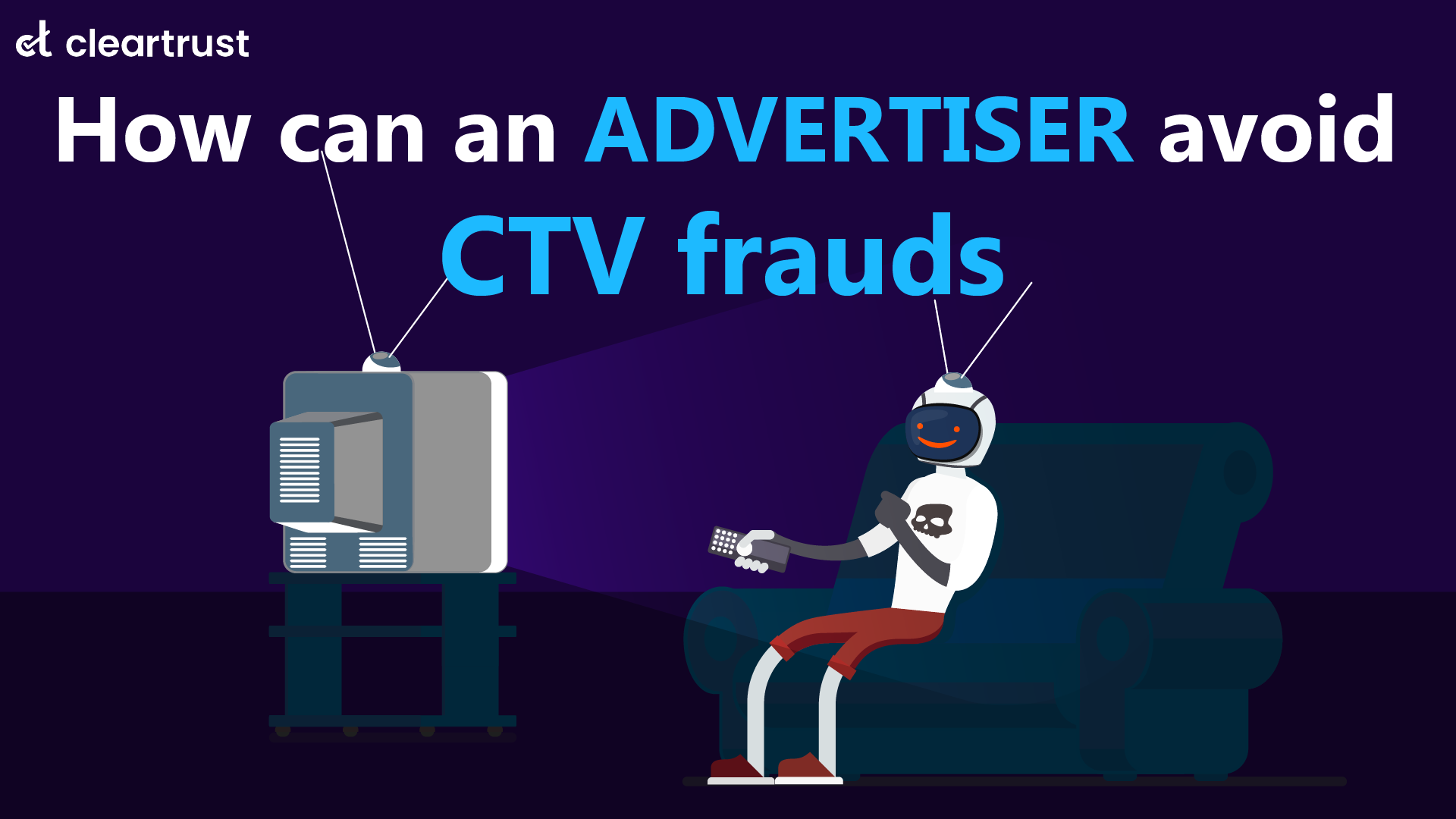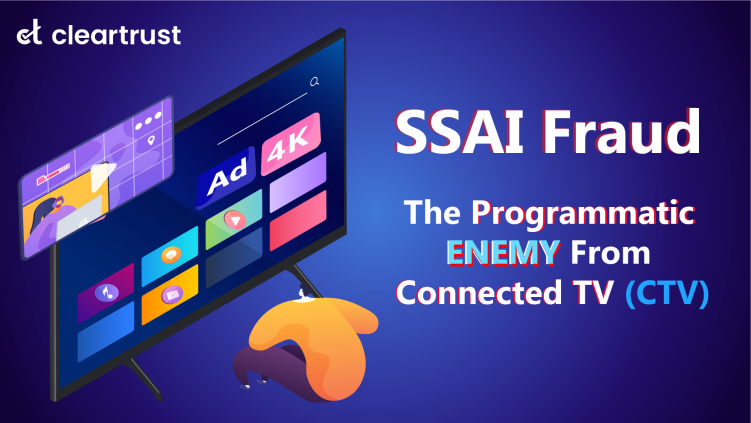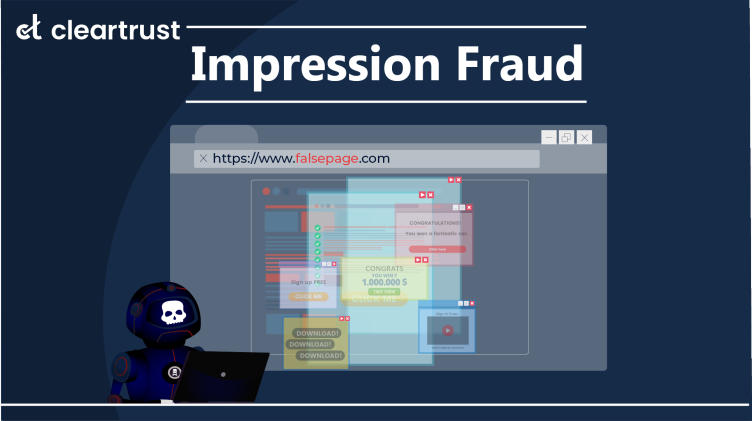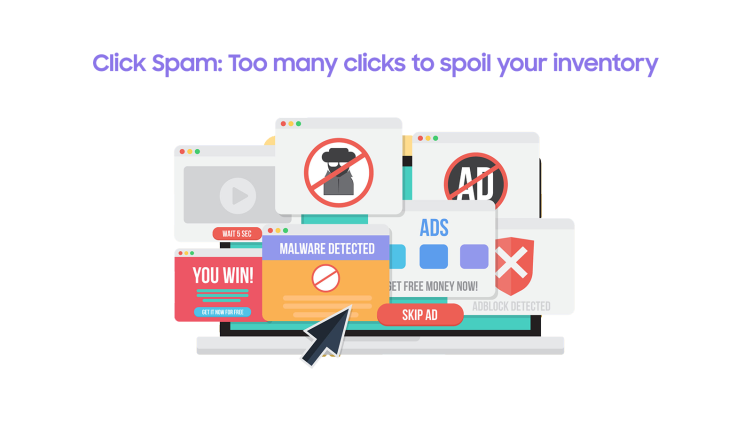In the dynamic landscape of e-advertising, Interscroller ads have emerged as a game-changer for publishers aiming to captivate audiences without disrupting user experiences. These ads seamlessly blend into the content flow, offering a visually engaging format that appears as users scroll through web pages or apps. Designed specifically for programmatic publishers seeking innovative ad formats, Interscroller ads revolutionize traditional advertising by integrating captivating visuals and content directly into the user experience.
What sets Interscroller ads apart is their ability to elevate engagement without intrusiveness. They strike the perfect balance between ad visibility and user experience, making them a must-try e-advertising format for publishers looking to maximize their revenue streams.
To elevate their importance, users are often stunned by the attention-grabbing abilities of the interscroller ads. They are taking up the user’s most attention which is 3.3 seconds for static interscroller ads and 3.0 seconds for video interscroller ads.
Let us delve deep into this intriguing ad format which can prove to be a money-spinner for publishers.
How are these ads different from interstitial ads?
- Format Distinction: Interscroller ads are integrated within the content flow, appearing dynamically as users scroll through a webpage or app. Unlike Interstitial ads that typically pop up abruptly and cover the entire screen, Interscroller ads seamlessly blend into the natural content stream. This integration ensures a more harmonious user experience, allowing users to engage with the ad without interrupting their browsing journey.
- Engagement Levels: Interstitial ads often disrupt the user flow by appearing at transition points, such as when navigating between pages or app sections. In contrast, Interscroller ads maintain user engagement by appearing dynamically within the content. Users can scroll through the ad while continuing to interact with the content, reducing the likelihood of frustration or abandonment due to intrusive interruptions.
- User Experience: Interscroller ads prioritize a smoother and less intrusive user experience compared to Interstitial ads. While Interstitial ads may block content access until users interact with or dismiss them, Interscroller ads adjust their visibility as users scroll, ensuring a more integrated and non-disruptive browsing experience. This seamless integration contributes to a more favourable perception of the ad among users, positively impacting their engagement with the content.
- Ad Visibility and Contextual Integration: Interscroller ads are designed to be contextually relevant and seamlessly integrated within the content. They appear in a manner that aligns with the surrounding material, enhancing their relevance and reducing the sense of detachment often associated with Interstitial ads. This contextual integration improves the ad's effectiveness by presenting it as a natural part of the user's browsing experience rather than an abrupt interruption.

How do interscroller ads benefit publishers?
- Enhanced User Engagement: Interscroller ads excel in capturing user attention without causing annoyance or interrupting the browsing experience. By seamlessly integrating within the content flow, these ads maintain user engagement. Users can scroll through the ad naturally, leading to higher interaction rates compared to intrusive ad formats. As a result, publishers witness increased time spent on the ad content, driving higher engagement metrics.
- Improved Monetization Opportunities: Interscroller ads present an opportunity for publishers to optimize their ad inventory and enhance revenue streams. The non-intrusive yet engaging nature of these ads attracts higher-quality advertisers willing to pay premium rates for better visibility and user interaction. Publishers can leverage this demand to negotiate better ad deals, ultimately boosting their ad revenue.
- Mobile Optimization: In an increasingly mobile-driven landscape, these ads cater to the preferences of mobile users. With a design that adapts seamlessly to mobile screens, these ads offer a non-disruptive ad experience. Given the significant portion of internet traffic originating from mobile devices, publishers tapping into interscroller ads can effectively engage with this audience segment, maximizing their reach and revenue potential.
- Ad Viewability and Performance: Interscroller ads enhance ad viewability metrics due to their integration within the content flow. As users scroll through the page or app, these ads dynamically appear, ensuring higher visibility and prolonged exposure. This improved viewability contributes to better campaign performance, positively impacting key performance indicators (KPIs) such as click-through rates (CTRs) and conversion rates. Advertisers value such performance-driven metrics, leading to increased demand for ad placements and better outcomes for publishers.
By leveraging this ad format, publishers can significantly benefit from improved user engagement, enhanced monetization avenues, optimization for mobile audiences, and superior ad viewability and performance metrics. It not only enhances the overall user experience but also aligns with the needs of both publishers and advertisers, making it a lucrative addition to a publisher's e-advertising strategy.












